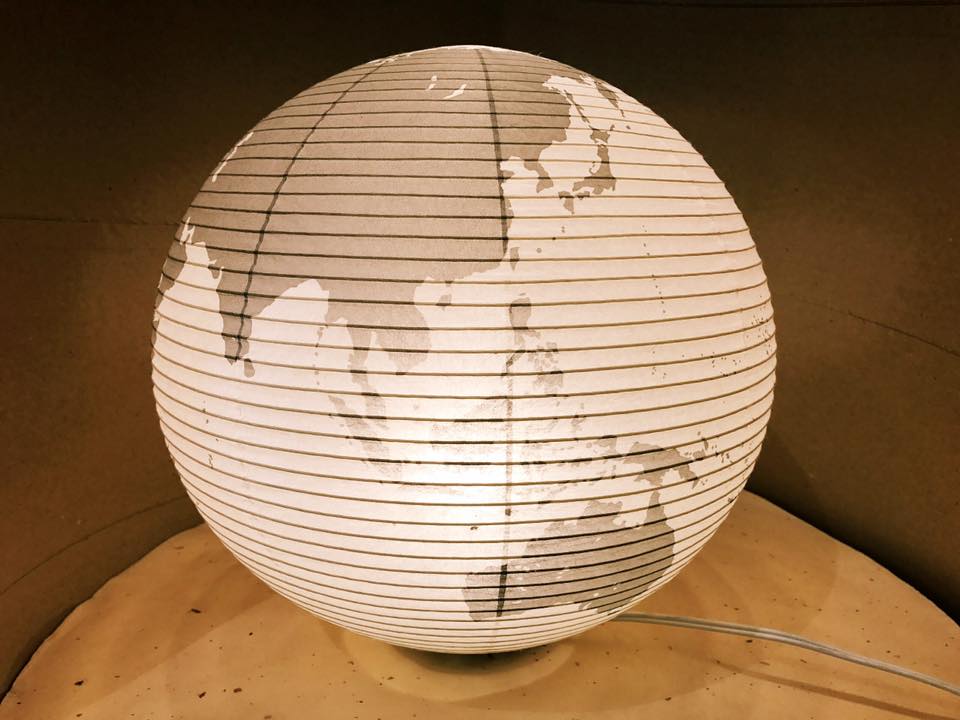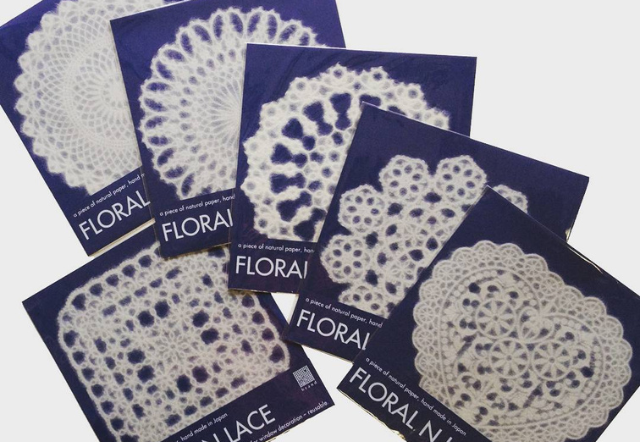"Only a connoisseur will appreciate high-quality washi paper by itself. The only way to successfully revive the washi industry is by creating products that are part of people’s daily life and introduce modern forms accessible to everyone."

One of IEDA's most popular collections is WASHI dECO: paper window decals that you can attach to your window with just a spray of water - and easily peel them off again to re-arrange or re-use in the future!
This allows you to bright up your windows with flowers and animals, or with their special Snowflake collection, made in collaboration with Russian artist Vera Ilyushechikina.
‘Washi’ is the general term for handmade paper made with Japanese techniques, literally meaning ‘Wa’, Japanese and ‘Shi’, paper. Whereas paper making in Japan started during the Nara period (710-794 BC), the craft only started to flourish during the Edo period (1603-1868). In the past, washi paper could be found everywhere in Japanese daily life. From Japanese umbrellas, to paper lanterns, and from paper doors to flower arrangement tools. It was an important aspect of Japanese culture. In modern days, however, many items got replaced with cheaper or more convenient materials and washi become less and less common. IEDA aims to create a new value for their beloved washi craft and create beautiful products for people to enjoy in modern life. Through this them hope to pass on the culture of washi to the next generations.

"Honmino paper" refers to washi paper that is made according to the technique that was designated as an Important Intangible Cultural Property of Japan in 2 and was subsequently registered as a UNESCO World Intangible Cultural Heritage in 1969.
There are strict regulations for the production of this washi, and only five members of the Honmino Paper Preservation Association can make washi that can be called honmino paper (as of January 2014).
The smooth and fine-grained Honmino paper beautifully transmits light and is ecxcellent for IEDA's origami and accessories.
There used to be thousands of handmade washi artisans in Mino, but they have steadily declined over time. IEDA is committed to support young craftsmen and assigns them as apprentices to veteran craftsmen, so that after rigorous training, they can one day craft wonderful washi items with their individual style and continue the craft in the future.

One thing that makes Washi and its production process unique, is the lack of chemicals used. Although some washi can be made from hemp, rice, bamboo or wheat, it is mostly made with the bark of ‘Gampi’, ‘Mitsumata’ or ‘Kozo’ trees - depending on the local natural resources of the place it's produced in. Most Washi is made during the winter, when paper pulp and cold running water are in abudance. The cold water aids the resistance of bacteria that might spoil the paper. The most famous type of washi, ‘Mino’ Washi, is regarded as the highest quality washi, due to its thinness and toughness; much stronger than other types of paper. Washi from more than 1000 years old has been found still in good condition!









